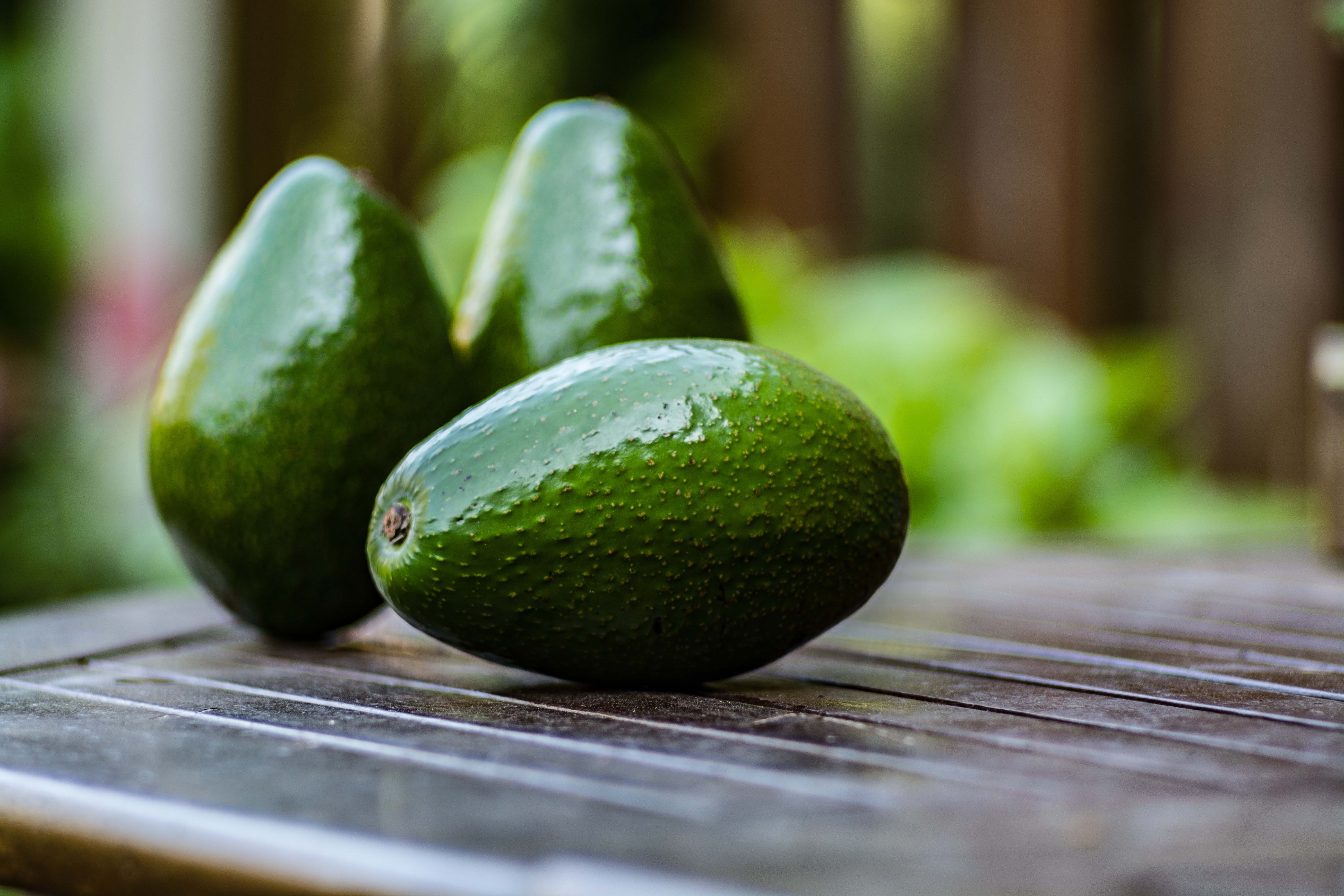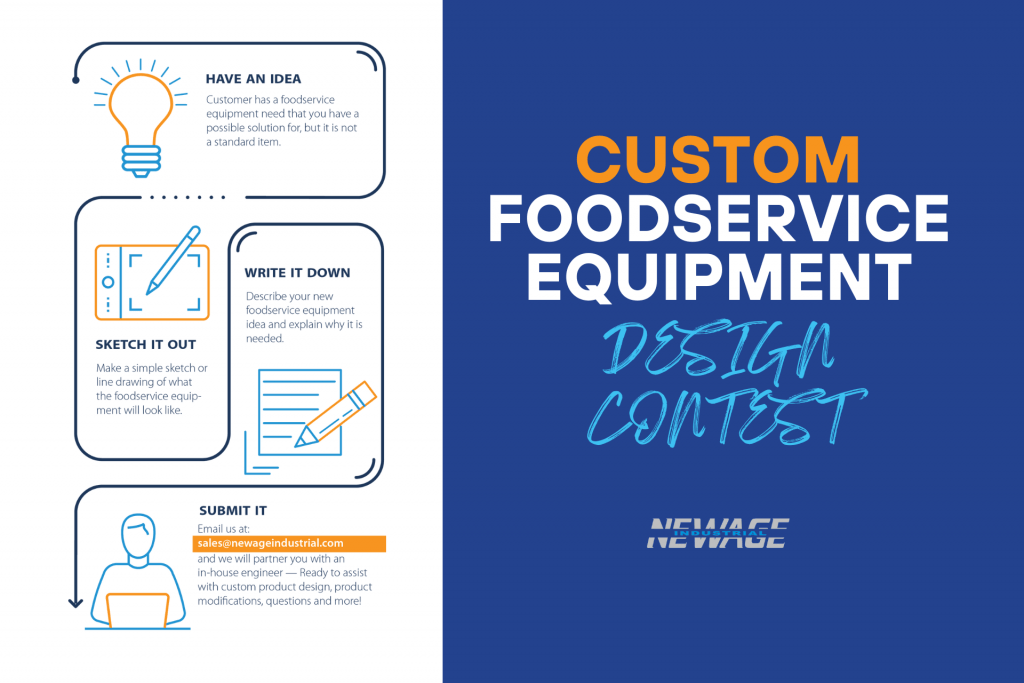
Since 1994, the North American Free Trade Agreement (Nafta) has worked to effectively eliminate trade barriers between the US, Mexico and Canada. Back in January, US president Donald J. Trump announced his intention to renegotiate the agreement, after his original election campaign promised the end of Nafta.
With negotiations having resumed for a second stage in Mexico City, following a tense first round in Washington in August with the Trump administration declaring Nafta had “fundamentally failed”, doubts continue to loom regarding the future of the deal. Last year, Mexico imported $10.5bn worth of fruit and vegetables to the US, leading to speculations over what a tightened tariff system could mean for foodservice operators across the country.
FCSI associate Carlos Tello, principal of Arquitectura+Culinaria and based in Morelos, Mexico, recognises the significant traction that the Canadian foodservice industry could gain if Trump pulls out from Nafta. “Canada would be a winner since they will not break the agreement with Mexico,” he says. “Mexico has many other free trade agreements including the European Union and Asia. If the US imposes restrictions or withdraws from the agreement, then it will leave a vacuum that other trade partners could take advantage of.”
Potential consequences
Founder of Profitality LLC Juan Martinez FCSI, who is US-based, also commented on the potential consequences created by the end of free trade in the Americas. Given the amount of foodstuffs traded between Mexico and the US, the prospects are unclear for restaurants that rely heavily on imported ingredients. “In the meantime, prices will fluctuate. It is very easy to resolve this with price increases, but if you increase the price, you have less volume. If you have less volume you have less money, if you have less money you have more of a chance of closing,” he says.
There are also apprehensions over competition, with grocery stores having the ability to undercut restaurant prices. Martinez recognises that, while restaurants may have to make up for pricey tariffs on food from Mexico through even pricier dishes, “groceries don’t have as much pressure as restaurants do, as they don’t have the pressure for labour.”
However, Martinez can’t help but offer some words of comfort over the ordeal. Although 80% of the US’ avocados are imported from Mexico, Martinez believes that the industry will be able to bounce back eventually by finding new ingredients to focus on. “Let’s say that for some reason, with what’s going on with Nafta, avocados become harder to get hold of, and the prices go up. Guess what? The industry will stop using avocados and find another hero.”
Meanwhile, the negotiations continue with the three countries following up five further days of negotiations with another round in Canada later in September. Additional rounds of negotiations are expected to follow later this year. Mexico faces additional pressure for a positive outcome as it will host presidential elections in July 2018 with a new deal likely to be a hard sell for politicians preparing for the long road of campaigning.
Emily Lewis




